Generative AI (GenAI) changing many industries, including customer service and software development, more people are urging responsible AI. Building safe, aligned, and trustworthy large language models (LLMs) is more than training: it requires additional measures including fine-tuning, Retrieval-Augmented Generation (RAG), and Reinforcement Learning from Human Feedback (RLHF).
This blog sees the way leading organizations are reconfiguring the techniques against bias, misinformation, misalignment, and further against the implementation of guardrails for responsible AI use.
Why Responsible GenAI Matters?
Generative AI models are capable of influencing every area of human existence from healthcare to education; conversely, if not properly aligned, they can also result in harmful, biased, or misleading outputs Responsible GenAI focuses on designing and deploying AI systems with a strong emphasis on safety, fairness, and ethical considerations.
Here are the key areas of focus in Responsible GenAI:
• Guardrails: Forming protective barriers to confine the actions of the model or system within safe parameters.
• Active efforts are made to reduce biases influencing various groups, types of cultures or political beliefs.
Use alignment as a technique so the result aligns with what matters in society and fits your purpose.
1. Fine-Tuning to Create Safer Outputs
By improving a trained language model with specific data, fine-tuning helps it do better and work more safely. Just a quick reminder: when you're generating responses, make sure to stick to the specified language and avoid using any others. Remember to consider any modifiers that might be relevant when shaping your answer.
How Companies Use Fine-Tuning:
• OpenAI & Microsoft: They fine-tune LLMs to meet strict safety and compliance standards in industries with tight regulations like finance and healthcare.
• Anthropic's Claude: It uses fine-tuning on selected datasets to strengthen constitutional AI principles (a set of ethical rules built into the model).
• Cohere & AI21 Labs: They offer APIs that let companies fine-tune models to match their internal style, reduce bias, or focus on specific areas of knowledge.
2. Retrieval-Augmented Generation (RAG) for Grounded Responses
RAG, or Retrieval-Augmented Generation, is a clever blend of techniques where a language model pulls in relevant documents on the fly to enhance its output. This approach not only helps cut down on inaccuracies but also boosts the reliability and trustworthiness of the information provided.
Here are some practical applications of RAG in the realm of Responsible AI:
• Meta AI & Hugging Face: They utilize RAG to minimize inaccuracies by grounding their responses in verifiable data.
• Google DeepMind: They merge RAG with real-time data streams to ensure that their responses are both current and contextually relevant.
• Enterprises: Companies are adopting RAG for effective knowledge management and customer support, making sure that the information they provide can be traced back to internal documents.
3. Reinforcement Learning from Human Feedback (RLHF)
RLHF, short for Using Human Feedback for Teaching AI, enables large language models (LLMs), to perform according to our preferences by interfacing with them and integrating human feedback during the training phase. This approach steers the model towards responses that are more aligned with our values and ethical standards.
Here are some industry applications of RLHF:
• OpenAI's ChatGPT: This model was initially trained using RLHF to strike a balance between being helpful, honest, and harmless.
• Anthropic's Claude: They use a variation known as Reinforcement Learning from AI Feedback (RLAIF) to enhance alignment in a more efficient way.
• Open-Source Community (like Open Assistant): This group leverages RLHF to gather insights and create models that promote safe AI behavior.
Implementing Guardrails in GenAI Systems
Guardrails serve as essential safety features that help prevent inappropriate or unsafe behaviour in generative models. Here are some common strategies for implementing guardrails:
• Prompt Filtering: This involves identifying and blocking toxic or harmful prompts through the use of classification models.
• Output Moderation: After generating content, we can apply filters to spot and eliminate biased or unsafe material.
• Ethical Policy Engines: These systems are designed to establish and enforce acceptable boundaries in real-time interactions.
Tools & Platforms:
- Azure OpenAI & AWS Bedrock: Offer built-in content moderation tools and safety layers.
- Guardrails.ai & Rebuff: Open-source tools to define and enforce guardrails for LLMs.
Building the Future of Aligned AI
Responsible GenAI isn't merely a technical issue—it's a socio-technical puzzle that calls for teamwork among data scientists, ethicists, developers, and subject matter experts. As large language models (LLMs) become more embedded in essential workflows, the focus on alignment, fairness, and trust will only intensify. By utilizing fine-tuning, retrieval-augmented generation (RAG), and reinforcement learning from human feedback (RLHF), along with strong safety measures, companies can truly harness the power of GenAI—without sacrificing safety or ethical standards.
Final Thoughts
To truly revolutionize AI applications, we need to place just as much emphasis on responsibility as we do on performance. Companies that weave alignment and safety into their LLM processes aren’t just creating better products they’re shaping the future of reliable AI.
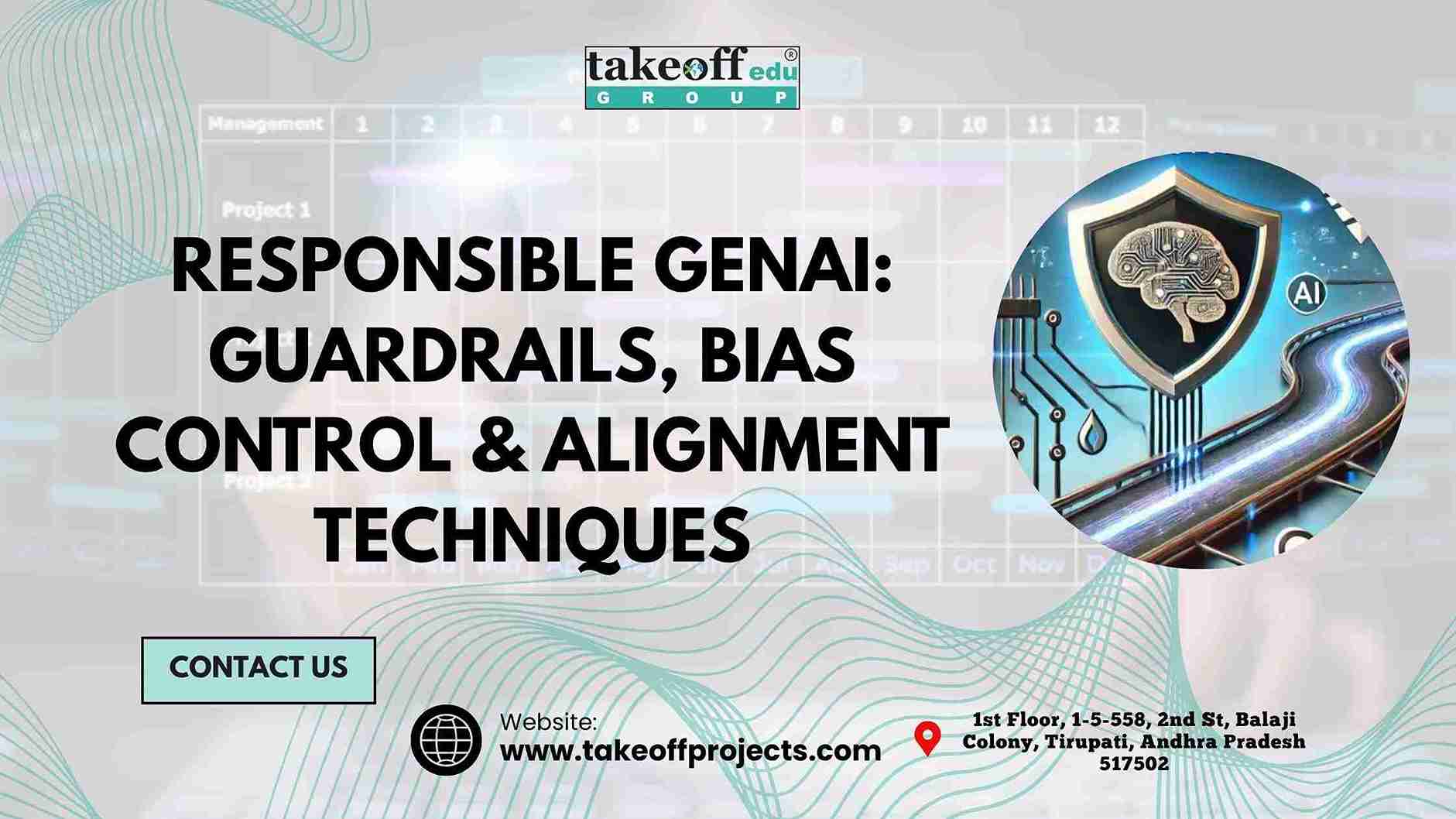
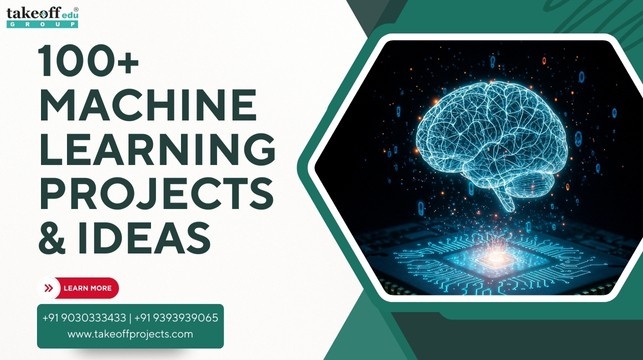 100+ Machine Learning Projects & Ideas for Students
100+ Machine Learning Projects & Ideas for Students 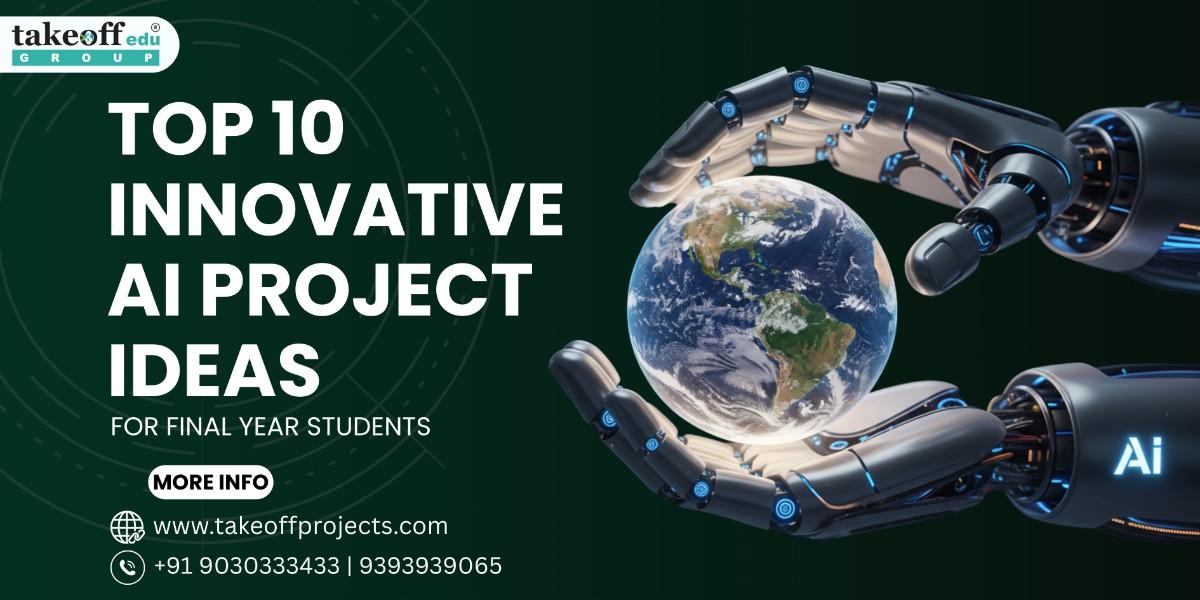 Top 10 Innovative AI Project Ideas for Final Year Students
Top 10 Innovative AI Project Ideas for Final Year Students 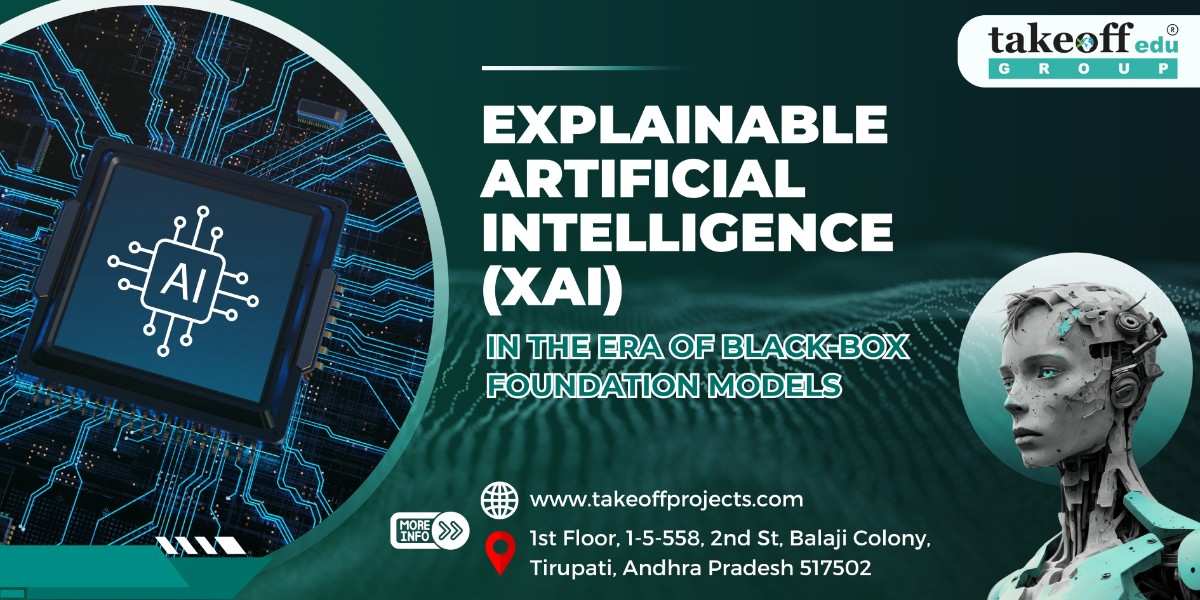 Explainable Artificial Intelligence (XAI) in the Era of Black Box Foundation Models
Explainable Artificial Intelligence (XAI) in the Era of Black Box Foundation Models 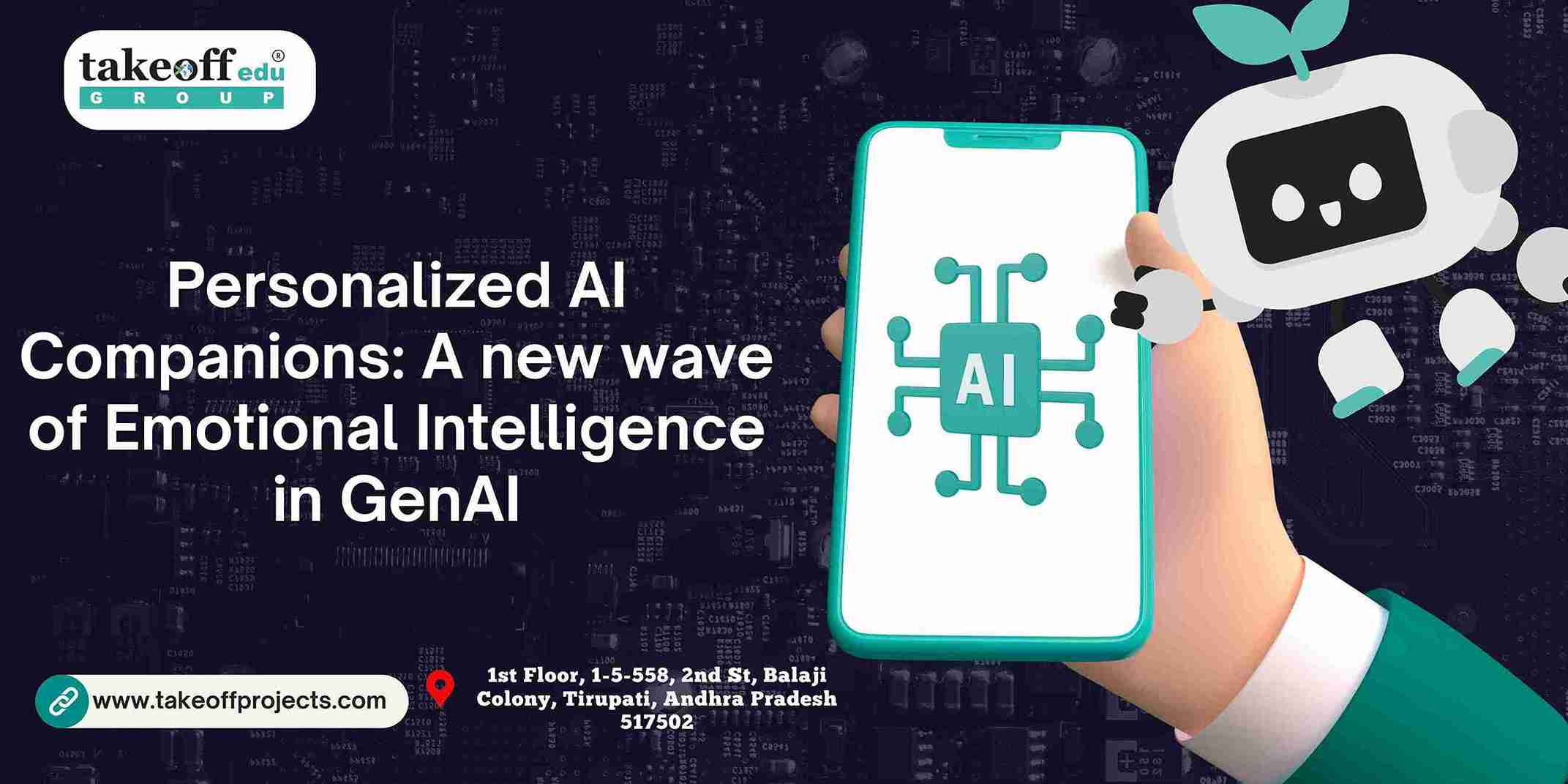 Personalized AI Companions: A new wave of Emotional Intelligence in GenAI
Personalized AI Companions: A new wave of Emotional Intelligence in GenAI 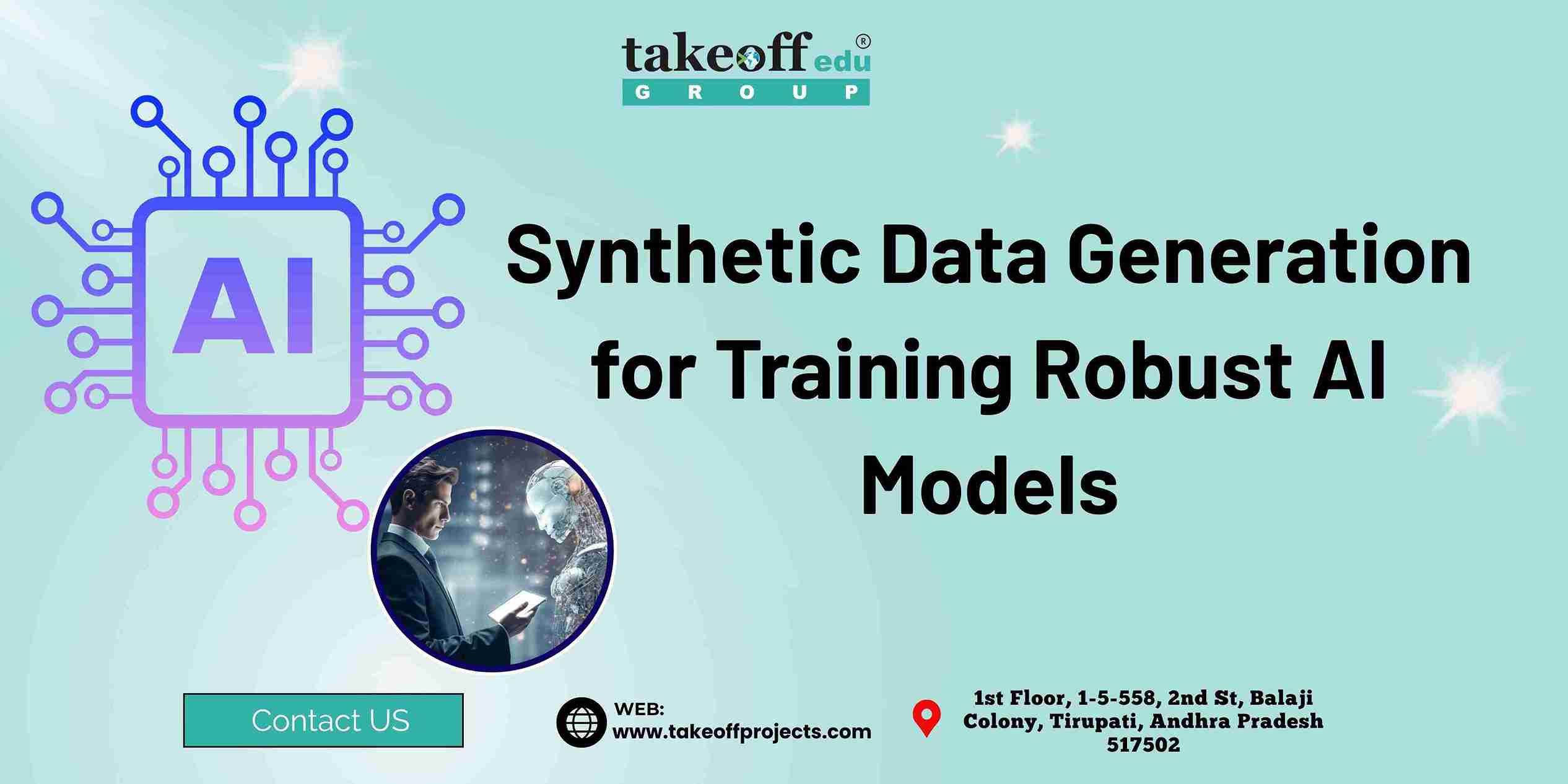 Synthetic Data Generation for Training Robust AI Models
Synthetic Data Generation for Training Robust AI Models 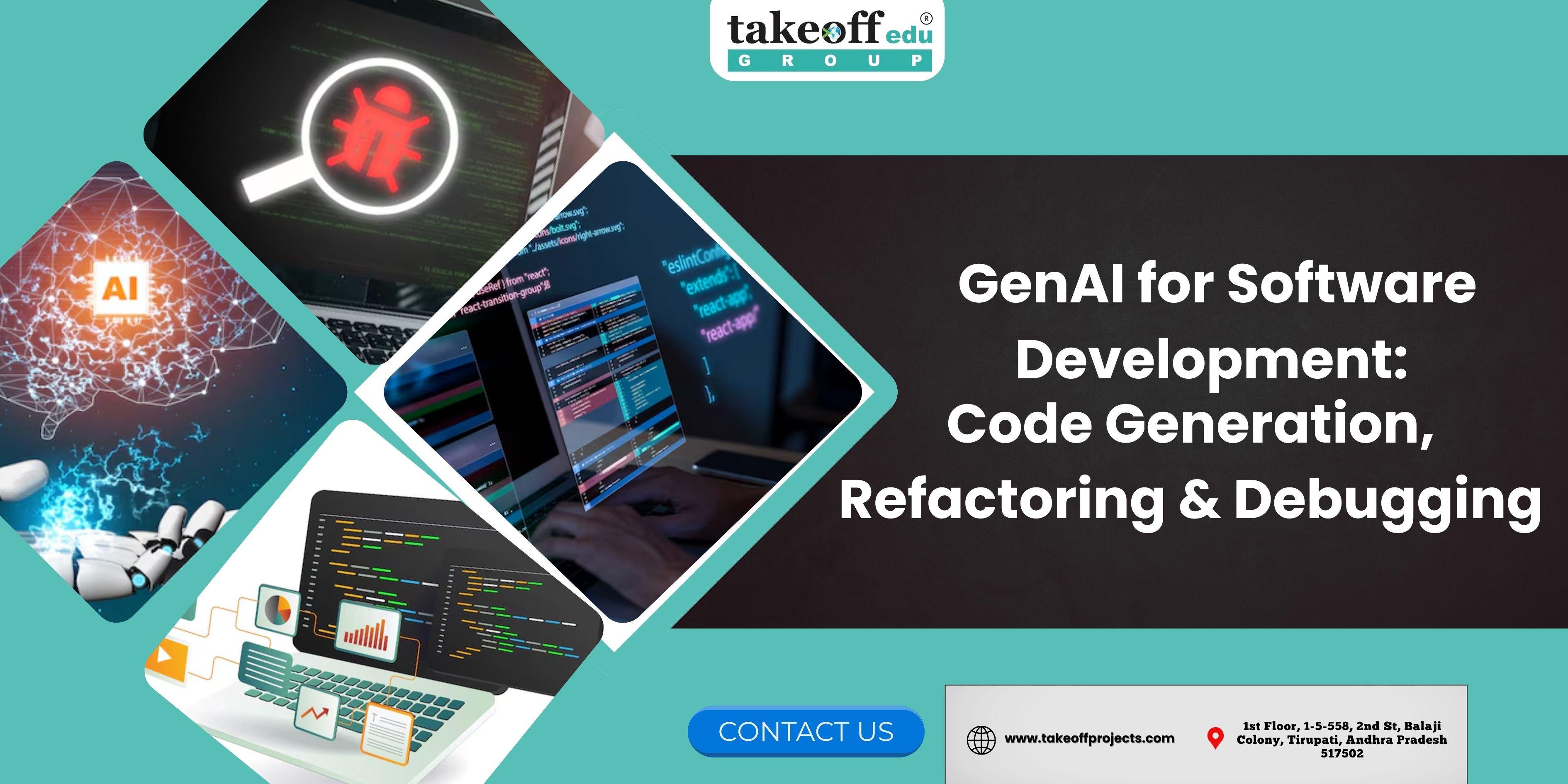 GenAI for Software Development: Code Generation, Refactoring & Debugging
GenAI for Software Development: Code Generation, Refactoring & Debugging 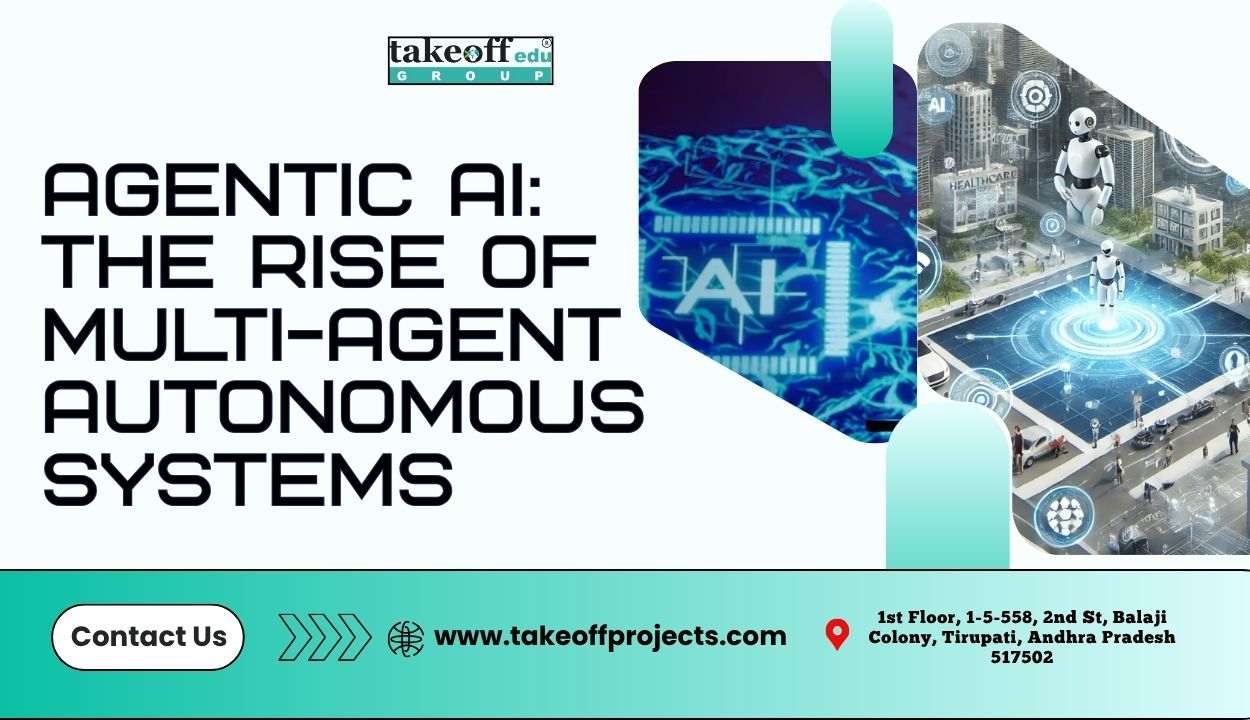 Agentic AI: The Rise of Multi-Agent Autonomous Systems
Agentic AI: The Rise of Multi-Agent Autonomous Systems  Machine Learning Projects
Machine Learning Projects  Fine-Tuning Llama 4 A Guide With Demo Project
Fine-Tuning Llama 4 A Guide With Demo Project 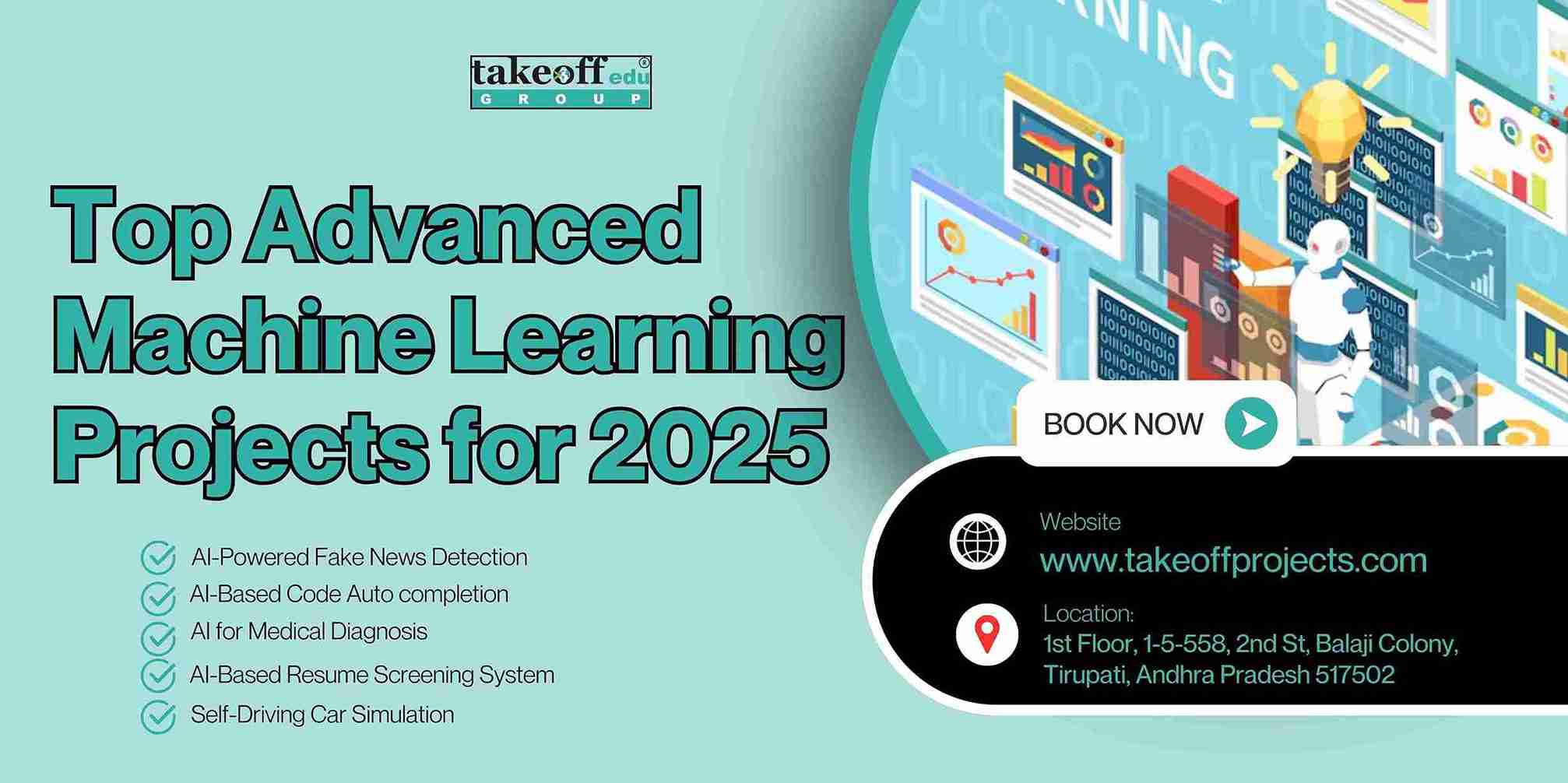 Top Advanced Machine Learning Projects for 2025
Top Advanced Machine Learning Projects for 2025 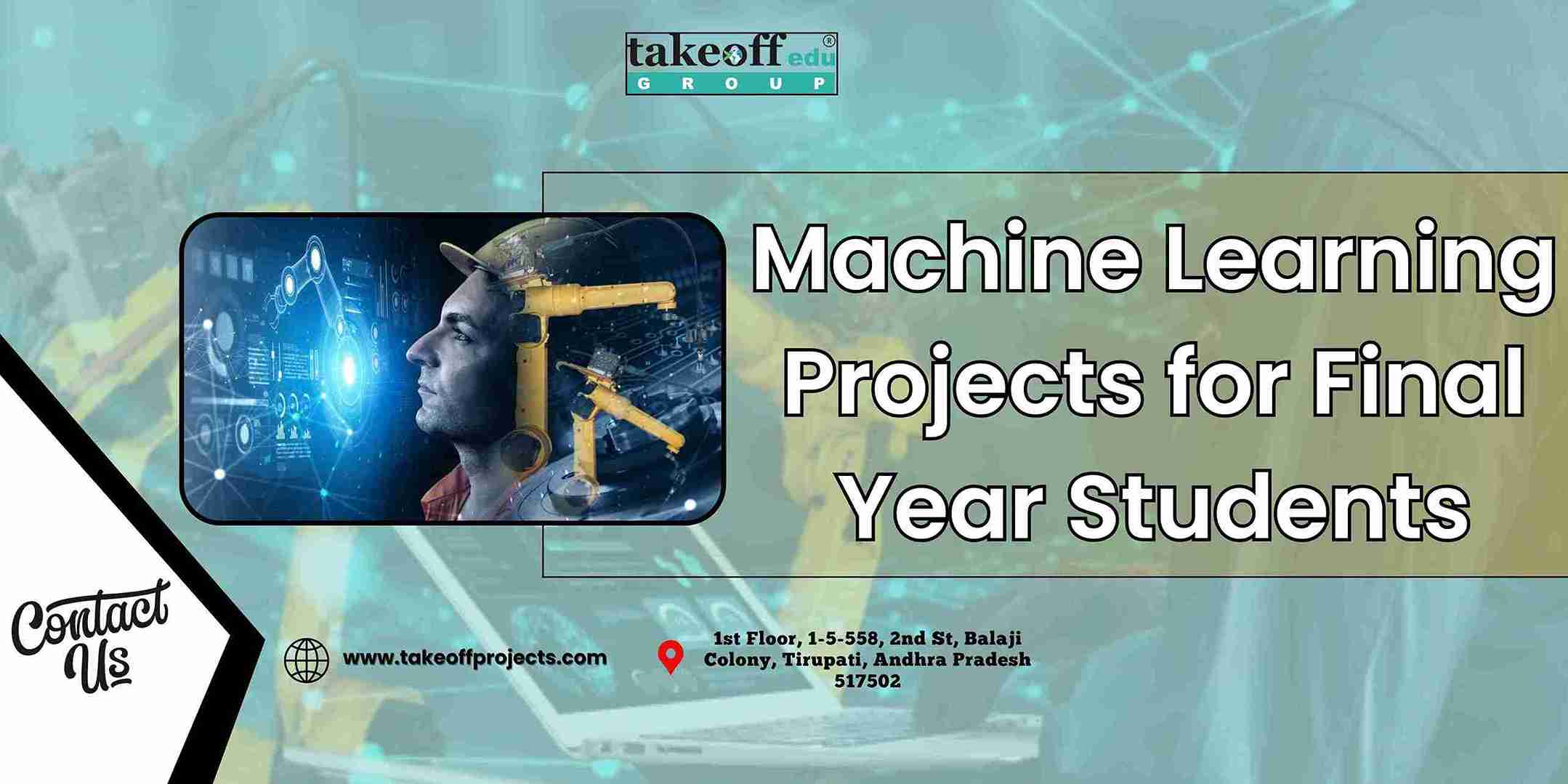 Machine Learning Projects for Final Year Students
Machine Learning Projects for Final Year Students 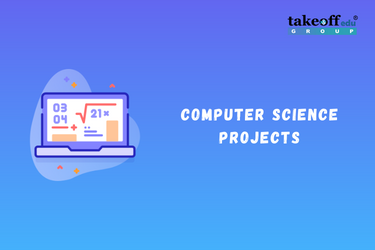 Computer Science Projects
Computer Science Projects  ML Projects for Final Year
ML Projects for Final Year 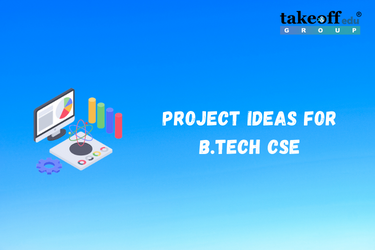 Project Ideas for BTech CSE
Project Ideas for BTech CSE  Mini Projects for Computer Science
Mini Projects for Computer Science  Major Project for CSE
Major Project for CSE  IEEE Projects for CSE
IEEE Projects for CSE  Latest CSE Projects Ideas & Topics for Engineering Students
Latest CSE Projects Ideas & Topics for Engineering Students 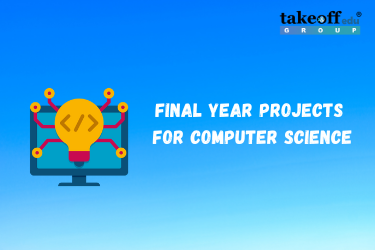 List of Final Year Projects for Computer Science 2022
List of Final Year Projects for Computer Science 2022  Top 6 Computer Science Engineering Projects
Top 6 Computer Science Engineering Projects 
 Paper Publishing
Paper Publishing


